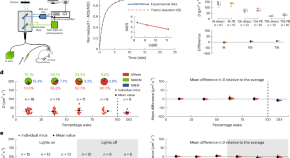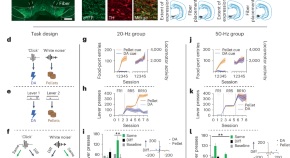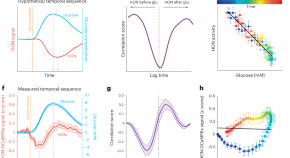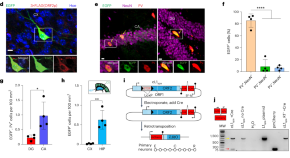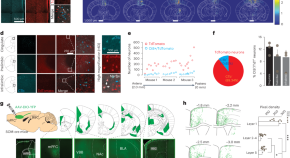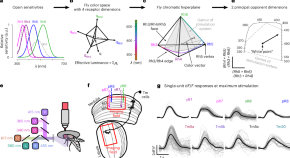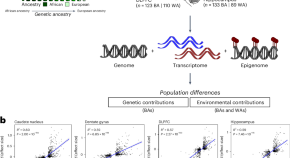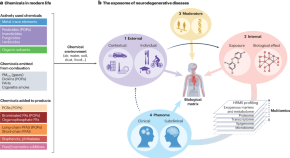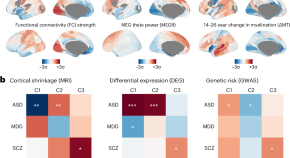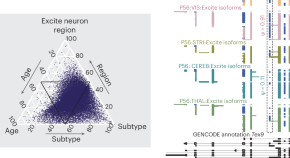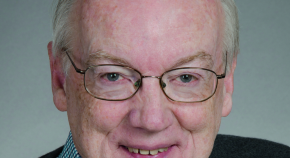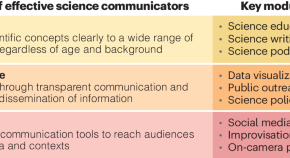Featured

Advertisement
-
-
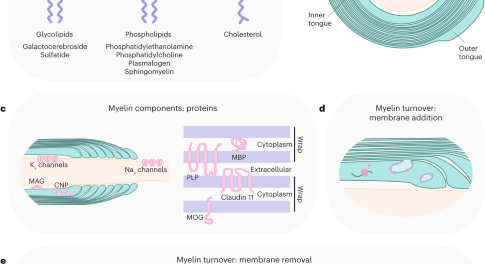
Dynamics of mature myelin
Mature myelin has been considered static, though recent evidence indicates it is in fact dynamic. Here, Osso and Hughes review the dynamics of mature myelin, a form of neuroplasticity, from myelin turnover to remodeling of myelin structure. The authors consider the mechanisms that regulate these dynamics and the functional implications of mature myelin remodeling.
-
-
Trending - Altmetric
-
Blood–brain barrier disruption and sustained systemic inflammation in individuals with long COVID-associated cognitive impairment
-
Brain clearance is reduced during sleep and anesthesia
-
Hue selectivity from recurrent circuitry in Drosophila
-
Cortico-cortical transfer of socially derived information gates emotion recognition


